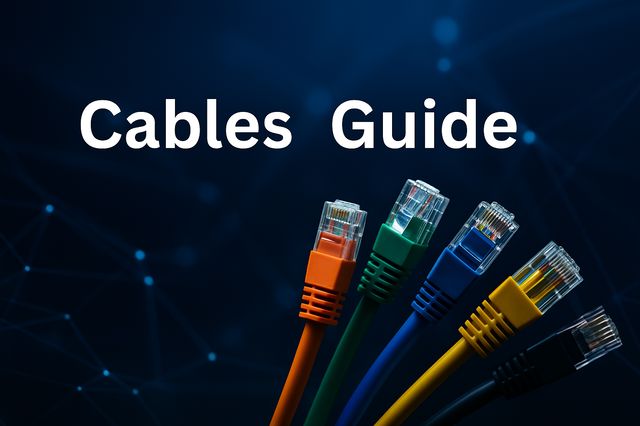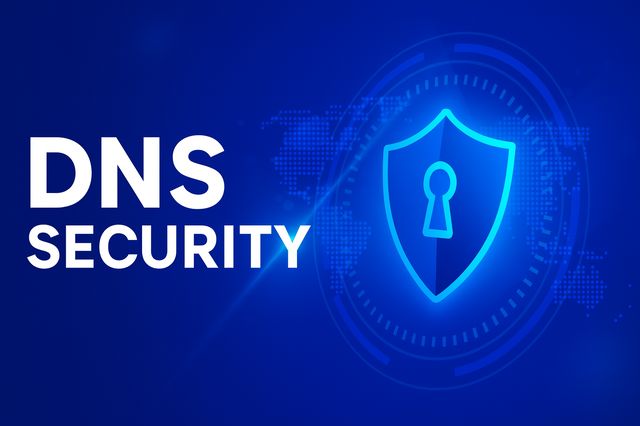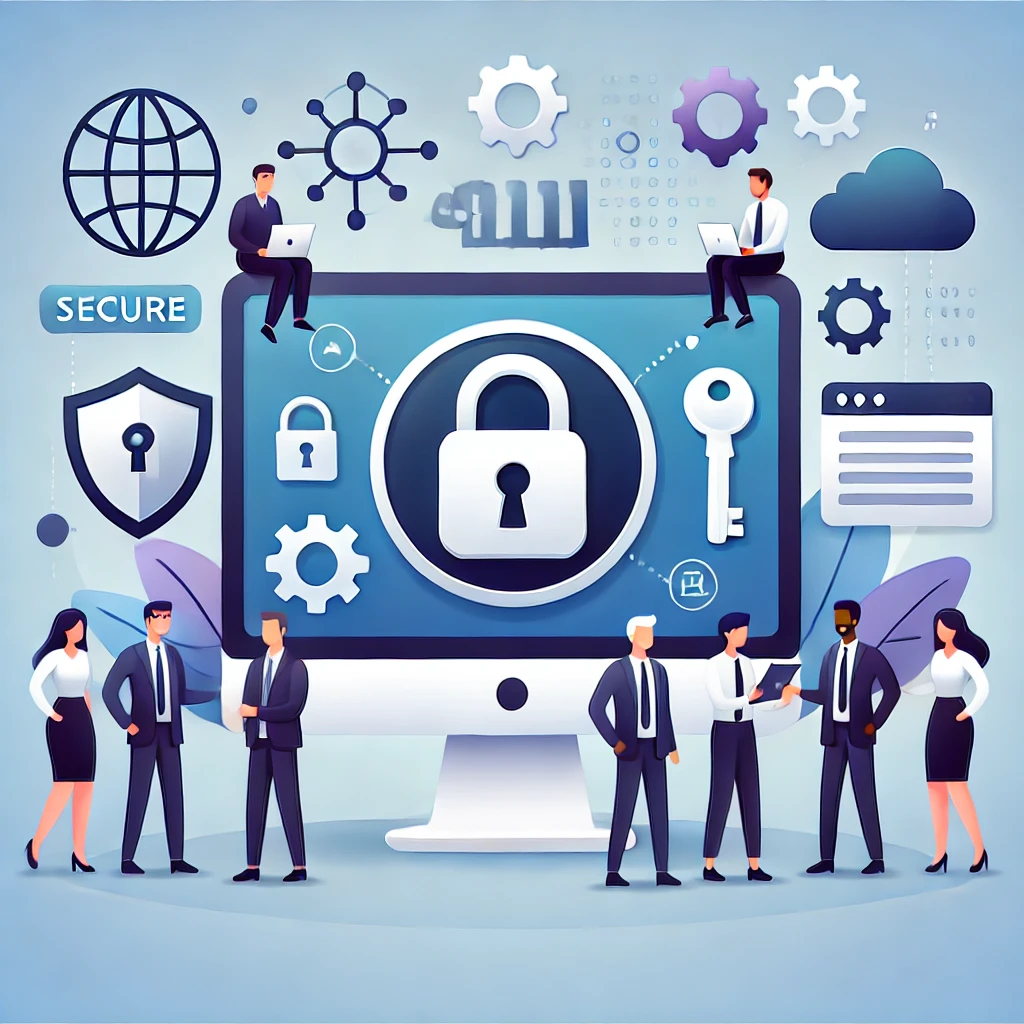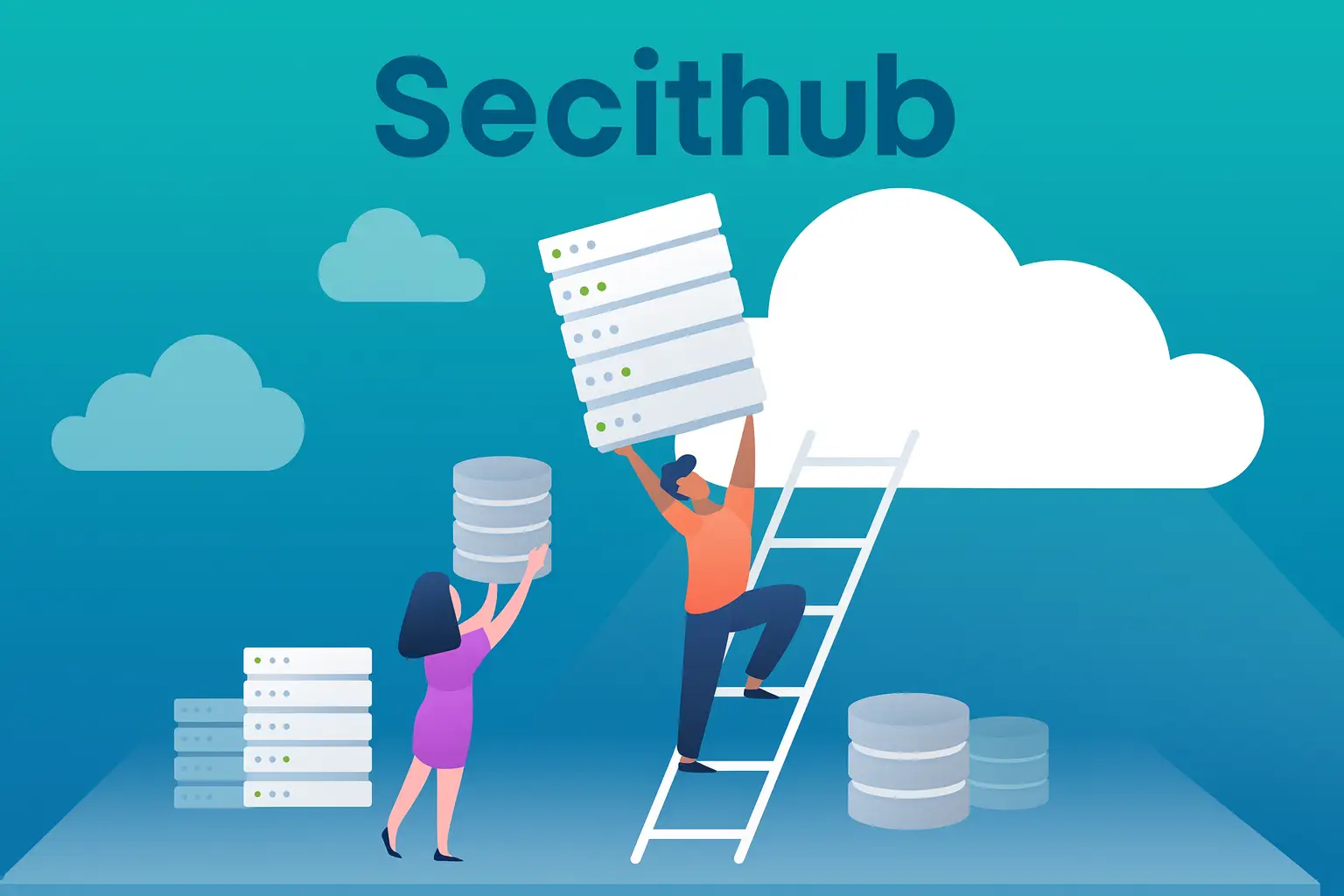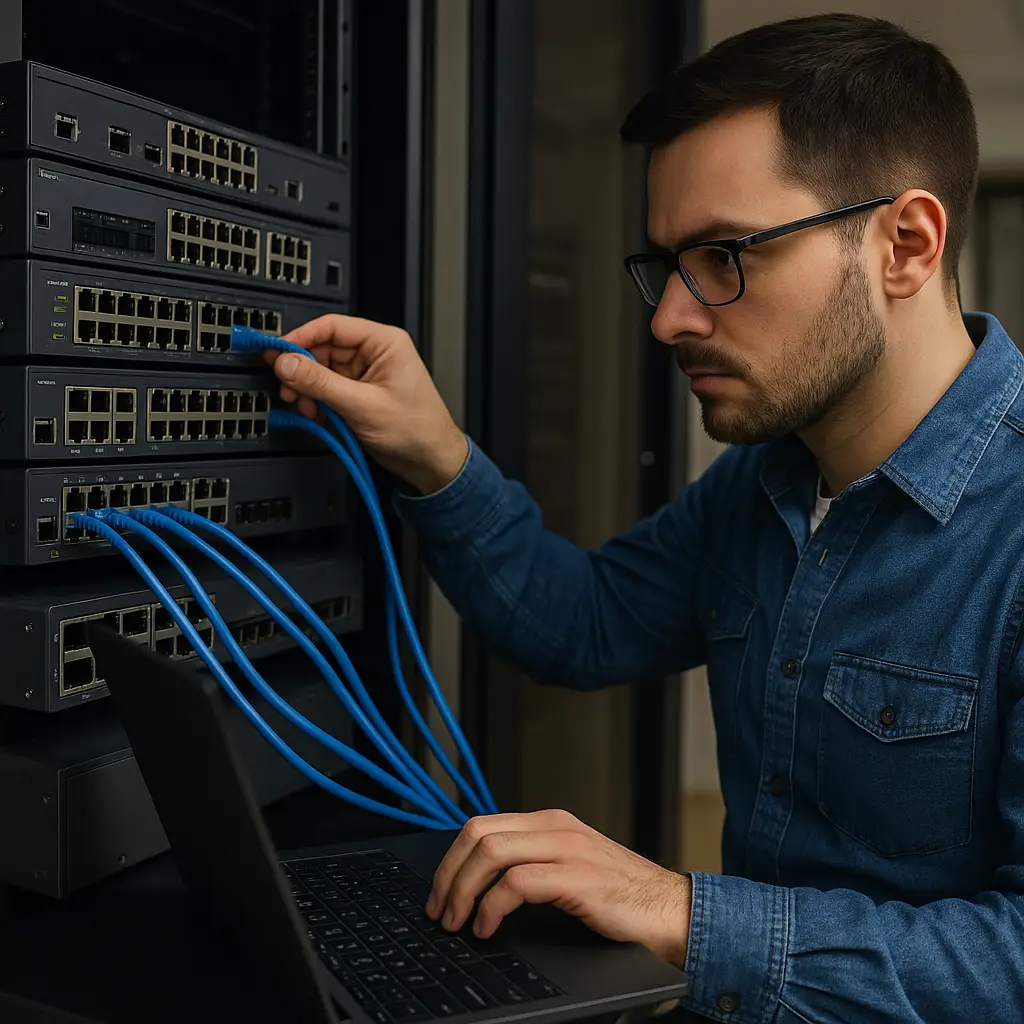Network cable standards in 2025 define the backbone of modern business connectivity ensuring faster data transmission, stronger cybersecurity, and future-ready scalability. Upgrading from CAT5e to CAT6a or CAT8 delivers not only speed but also improved shielding, stability, and resilience against electromagnetic interference, supporting Zero Trust, PoE++, and AI-driven workloads across SMB networks. The Backbone of Every Secure Network Behind every reliable business network lies a simple but critical component: the cable. While wireless gets the headlines, structured cabling remains the invisible infrastructure that keeps data secure, fast, and available.The latest…
Read MoreCategory: Cybersecurity Best Practices
Gartner’s Agentic AI Revolution | How Analysts Now Measure Autonomy, Trust, and Execution in Cybersecurity
Gartner’s Agentic AI Revolution (2025) redefines how technology excellence is measured.Instead of ranking vendors by vision and execution alone, Gartner now evaluates autonomy, trust, and governance assessing how safely AI systems act without human input.In cybersecurity, this marks a shift from “ability to execute” to “ability to execute responsibly”, where ethical AI and explainable decisions define true leadership. From Analyst Frameworks to Autonomous Intelligence | Agentic AI For more than two decades, Gartner’s Magic Quadrant has defined how the world evaluates technology.Its two legendary axes Vision and Execution have guided…
Read MoreDNS Spoofing Attacks | The 2025 SMB Guide to Prevention, Detection, and Defense
DNS spoofing attacks in 2025 exploit weaknesses in the Domain Name System to redirect users to malicious sites without their knowledge.For SMBs, these cache poisoning and rogue DNS tactics can lead to credential theft, ransomware, and data breaches.Defending against them requires DNSSEC, encrypted DNS (DoH/DoT), and continuous DNS monitoring turning basic network hygiene into a cornerstone of modern cybersecurity. What Is DNS Spoofing and Why It Matters in 2025 Every time you type a website address from office.com to your online banking page your device asks a DNS (Domain Name…
Read MoreZero Trust Access Management for SMBs in 2025 | Controlling Identity, Cloud, and Access
Zero Trust Access Management (ZTAM) is the next evolution of identity and access control for small and midsize businesses.It replaces static trust with continuous verification ensuring every user, device, and session is authenticated in real time.In 2025, SMBs adopting Zero Trust reduce credential-based breaches, improve compliance readiness (ISO 27001, GDPR, PCI-DSS), and cut administrative overhead by up to 40% through automation and centralized identity governance. The Hidden Cost of Uncontrolled Identity In small and midsize businesses, access management is often invisible until something goes wrong.A single shared password, a forgotten…
Read MoreGet the Full Essential Guide | Office IT Infrastructure Setup & Cost-Saving Checklist
How to Plan, Build, and Protect a Reliable IT Infrastructure Before You Move In A perfect office on paper can quickly turn into daily frustration when your cabling, Wi-Fi, or power aren’t ready on day one. At SECITHUB, we’ve condensed years of hands-on field experience into a clear, structured framework the Office IT Setup Guide.It’s designed to help SMBs plan smarter, avoid costly mistakes, and build IT foundations that scale with growth What’s Inside the Full Guide Plan Before You BuildLearn how to align IT design with architecture and electrical…
Read MoreThe Ultimate 2025 Guide to Server Racks and Network Infrastructure Planning Installation and Best Practices
Server Racks and Network Infrastructure form the physical and operational backbone of every modern SMB IT environment.In 2025, proper rack design, cooling management, and structured cabling are essential for uptime, scalability, and compliance.A well-planned infrastructure reduces maintenance costs by up to 30%, extends hardware lifespan, and supports hybrid IT growth turning the server rack into the digital heart of business continuity and performance. The Real Challenge Behind Network Infrastructure Every growing company reaches that moment when their network setup is no longer enough.Maybe it started with one switch under a…
Read MoreSmart Office Setup Guide | How to Build a Secure, Scalable and Future Ready Workplace
Smart Office Setup is the process of designing and integrating IT, infrastructure, and workspace systems into one unified environment that’s secure, scalable, and future-ready.In 2025, the smartest offices combine structured cabling, Zero Trust networking, IoT automation, energy-efficient design, and ergonomic spaces to boost collaboration, reduce costs, and improve productivity.A well-executed smart office setup aligns technology with people turning workspace planning into a measurable business advantage. The Real Meaning of a Modern Office Planning a new office?You are not just renting space. You are creating an environment where your people think,…
Read MoreChoosing Between On-premises Servers and Cloud Services After Relocation
Choosing between On-Premises Servers and Cloud Services after relocation is one of the most critical IT decisions SMBs face.In 2025, relocation offers the perfect opportunity to modernize infrastructure replacing aging servers with scalable, secure, and compliant cloud environments, or designing a hybrid IT model that balances control and flexibility.The right choice depends on compliance requirements, connectivity, and total cost of ownership (TCO).Done strategically, relocation becomes not just a move but a modernization milestone. Relocating an office is more than just moving furniture and reconnecting workstations. For SMBs, it is a…
Read MoreHow to Configure a Network Switch | Squeeze Out Maximum Security from Your SMB Network Equipment
Configuring a network switch for SMB security means transforming it from a basic traffic device into an identity-aware, Zero Trust access layer.By applying VLAN segmentation, 802.1X network access control (NAC), and switch-hardening best practices (SSH, SNMPv3, BPDU Guard, DHCP Snooping, DAI), SMBs can eliminate internal threats, enforce least privilege, and monitor traffic effectively.A properly configured switch becomes not just a connection point but a policy enforcement engine at the network edge. A secure, segmented, Zero-Trust-ready access layer A modern switch shouldn’t just move packets it should enforce policy at the…
Read MoreHow to Build and Secure a Network Rack for SMB Offices | A Practical Guide
Building and securing a network rack for SMB offices means designing the physical and logical foundation of your IT environment where connectivity, stability, and security all meet.A well-planned rack ensures uptime, protects equipment, and supports business growth.Core best practices include: Proper capacity and airflow planningClear rack organization (patch panels → switches → servers → power) Strong physical access controls and monitoring Secure firmware, cabling, and labeling standards Ongoing audits, remote monitoring, and MSP oversight In 2025, your network rack isn’t just hardware it’s your business continuity engine. For small and…
Read More